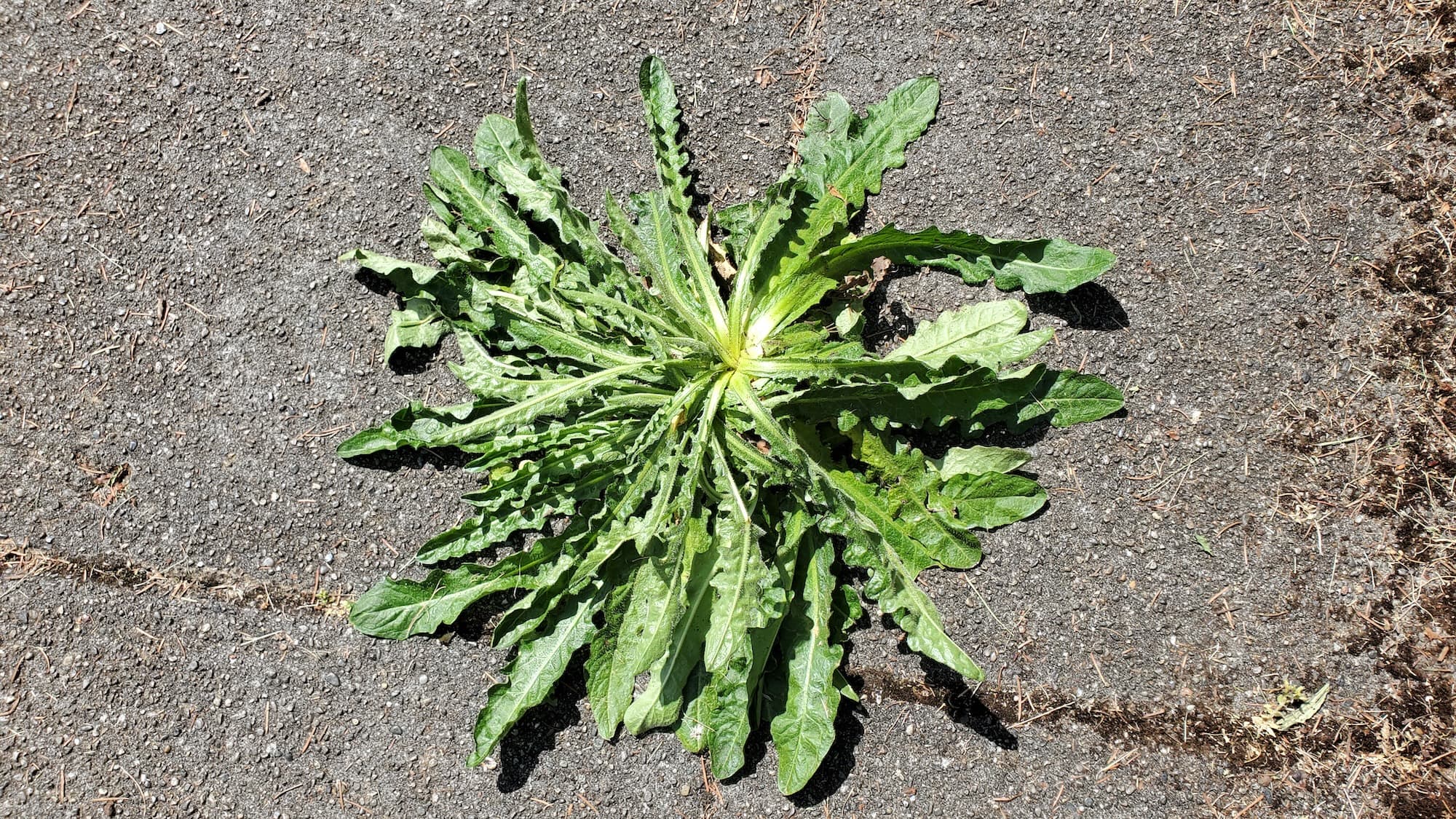West Seattle Weed Control for Crabgrass
Homeowner’s Issue
Crabgrass shows up fast in West Seattle where compacted soils, worn turf, and warm summer pockets create perfect conditions. Most yards here sit on dense glacial till or clay-loam with a thin topsoil layer, so lawns get compacted and stressed after a wet winter. Winter rains (and the city’s typical November–March sogginess) give way to dry July–August spells that favor warm-season annuals like crabgrass when the soil surface warms above ~55°F.
Many properties around Alki and Lincoln Park have mixed sun/shade: open lawns get hot afternoon sun and thin out, while shady yards under big maples hold moss and surface moisture. Slopes in Admiral and High Point can have drainage flash points where turf thins and weeds move in. Crabgrass isn’t a disease — it’s an opportunist: bare soil, compacted paths, and thin turf are the triggers. HOA visibility rules and curb appeal matter here, so a quick green answer is tempting, but chemical herbicides aren’t the only path. Sustainable, mechanical, and cultural fixes (improving soil, overseeding, mulching beds, and targeted manual removal) give lasting results without poisons and keep family-friendly yards for kids and dogs.
Our Quality Service
We use hands-on, sustainable methods tuned to West Seattle microclimates. Work includes manual and mechanical removal, core aeration, compost topdressing, slit-seeding with shade-tolerant fescues, and targeted organics (corn gluten meal as an optional organic pre-emergent). Tools: hand weeders, dethatchers, walk-behind aerator, slit seeder, compost spreader, and leaf mulchers. We avoid synthetic herbicides entirely.
Typical timeline: initial assessment and spot work (1–4 hours depending on yard size), follow-up overseed/topdress within 2–4 weeks as conditions allow, and a monitoring visit 8–12 weeks after seeding. For larger yards expect phased visits across spring and early fall. We also offer seasonal maintenance plans for ongoing suppression and turf health.
Benefits include safer yards for children and pets, improved curb appeal, better soil structure, reduced mowing and watering over time, and durable suppression of crabgrass through cultural changes rather than repeated chemical treatments.
What’s Included
- Walk-through assessment and written recommendations.
- Manual removal of existing crabgrass and hand-pulling of seedheads.
- Dethatching and core aeration where needed.
- Compost topdressing and overseeding with appropriate turf mixes.
- Optional organic pre-emergent (corn gluten meal) applied early spring.
- Final cleanup and turf care instructions.
Options / Upgrades:
- Mulch + weed-suppressing organic fabric for beds.
- Green waste haul-away vs. city green-bin drop-off.
- Additional overseeding or turf repair patches.
- Moss management and ivy/manual removal in shady corners.
Before & After / Expectations
Expect some short-term disruption: dethatching and aeration create debris and noise (small engines). Aerators and seeders need clear access and a water source if we’re hydrating new seed. Crabgrass seed banks can take a season to deplete — one visit clears current growth; consistent cultural care reduces future outbreaks.
After service, water new seed lightly for the first 10–14 days, then switch to deeper, less frequent soakings. In West Seattle, aim for early-morning watering when restrictions allow; July–August is your high-risk window for crabgrass germination. Keep mower height at 3–3.5” to shade soil and suppress weeds. Watch shady, moist spots for moss and ivy — these need separate, manual solutions.
FAQs
Q: Do you use chemical herbicides?
A: No. We use only sustainable methods — manual removal, aeration, compost, overseeding, and optional organic pre-emergents.
Q: When is the best time for treatment?
A: Early spring for prevention measures and late summer/early fall for overseeding and repair. Active crabgrass is most visible mid-summer.
Q: How long till I see results?
A: You’ll see immediate visual improvement after removal; seeded areas take 4–8 weeks to establish and a season to fully thicken.
Q: What access do you need?
A: A clear gate (minimum 30”) and short hose access are helpful. For tight access we’ll plan manual work without machines.
Q: Do you haul debris?
A: Yes — choose green-bin drop-off or paid haul-away. We’ll confirm on the estimate.
Call to Action
If you’re in West Seattle and tired of crabgrass taking over, book a free estimate. We schedule quickly, explain the sustainable plan, and give honest timelines based on your yard. Trusted local crews who know Alki, Lincoln Park, and Admiral microclimates — no chemicals, just practical fixes.
Email: neatandtidyseattle@gmail.com
Phone: 206-538-9344
Mon–Sun: 9am–6pm
Licensed • Bonded • Insured










